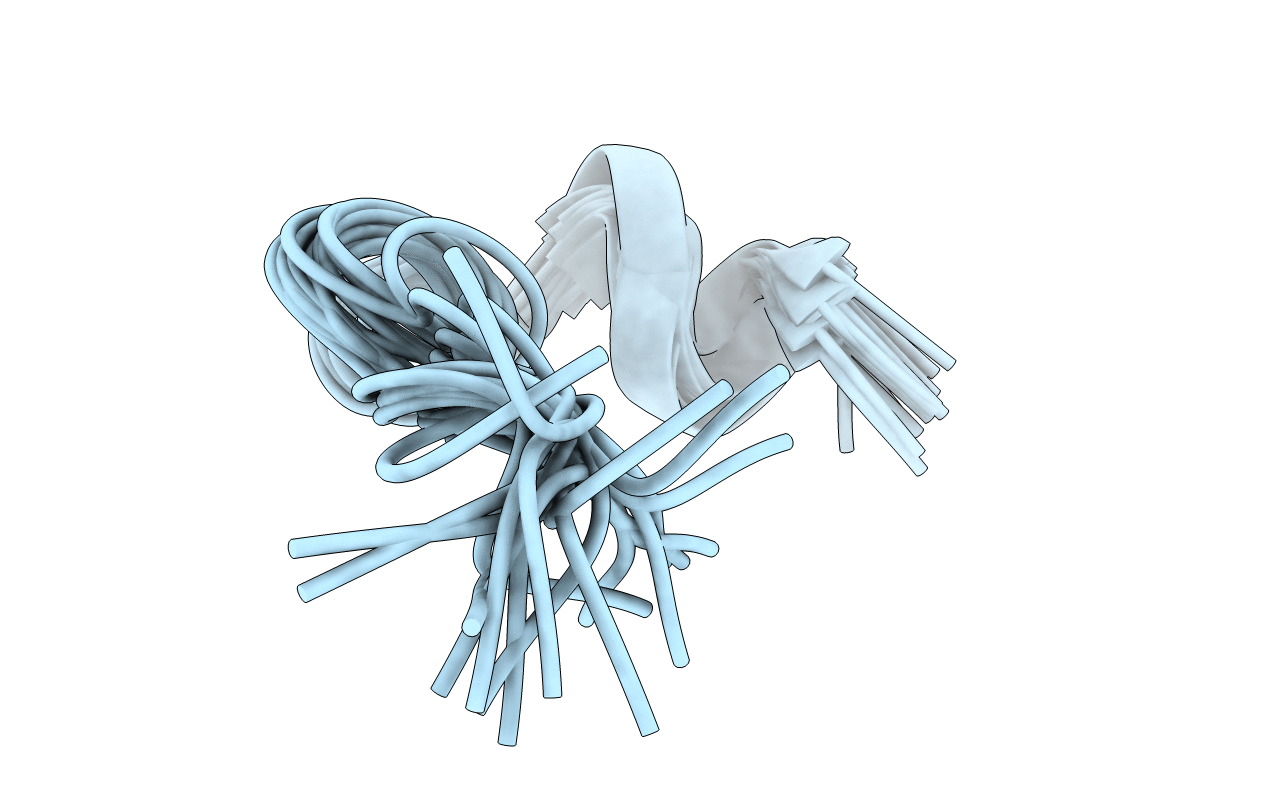
Deposition Date
2017-10-15
Release Date
2017-11-01
Last Version Date
2024-05-15
Entry Detail
PDB ID:
5YKQ
Keywords:
Title:
Designed peptide CAY1 from Odorrana andersonii skin secretion
Biological Source:
Source Organism:
Odorrana andersonii (Taxon ID: 369514)
Method Details:
Experimental Method:
Conformers Calculated:
100
Conformers Submitted:
20
Selection Criteria:
all calculated structures submitted


